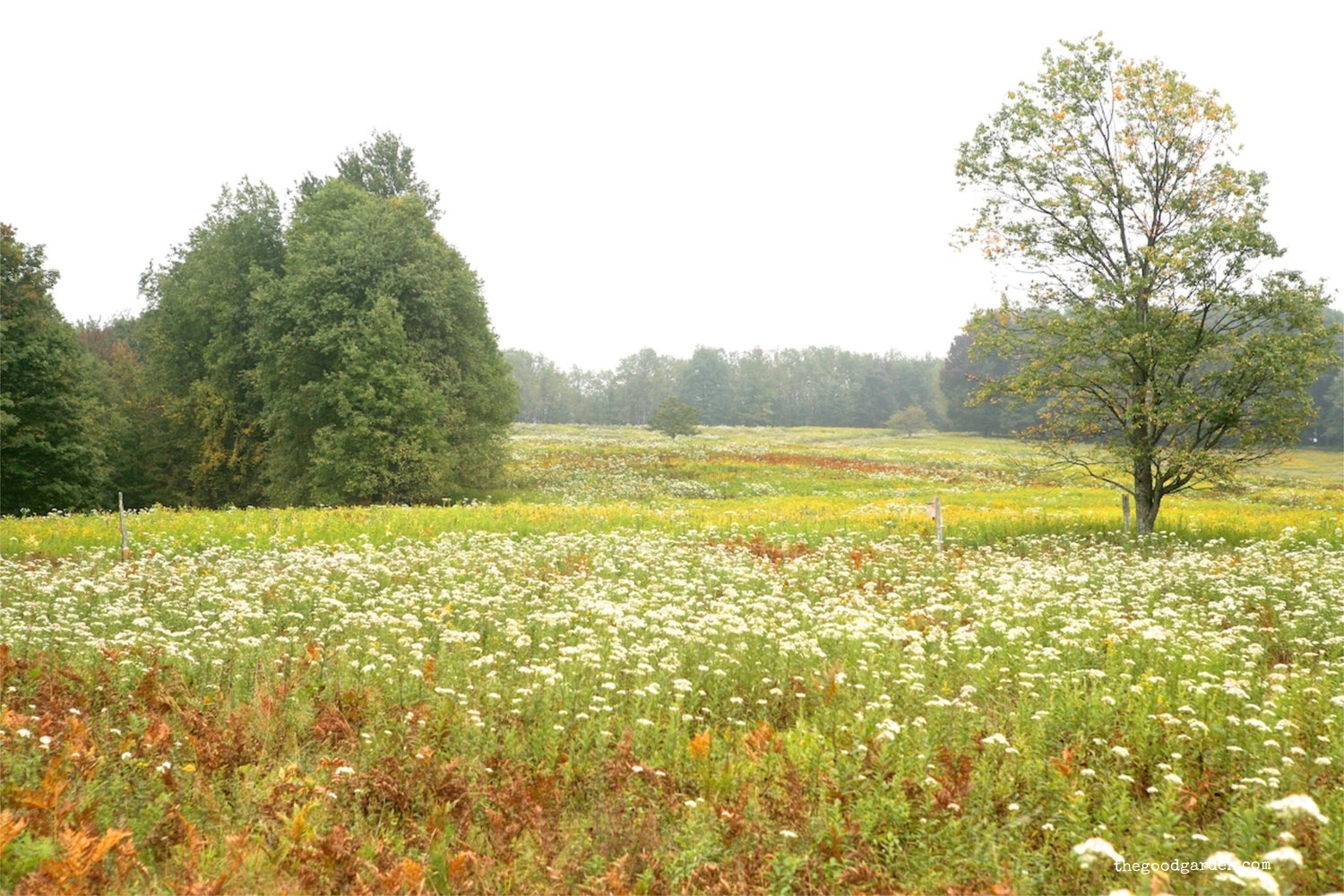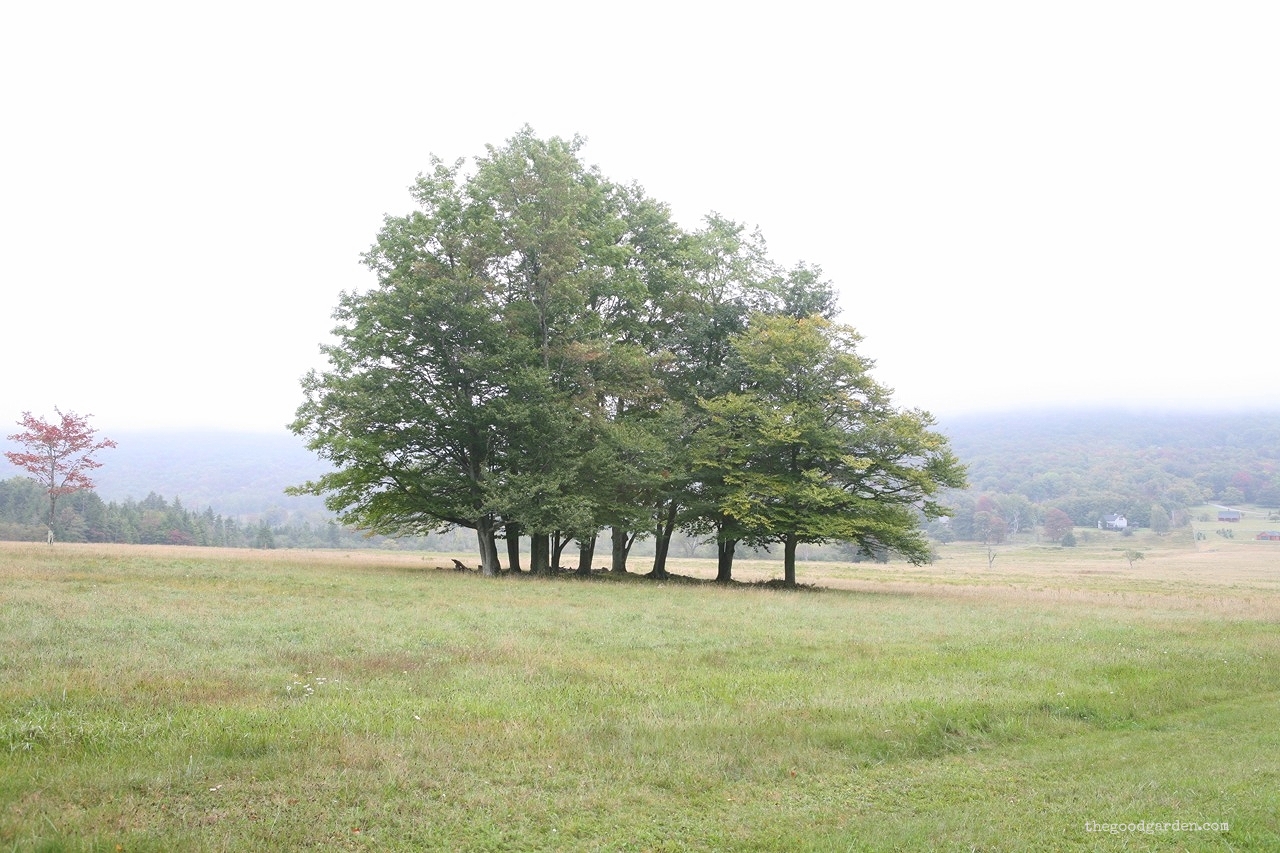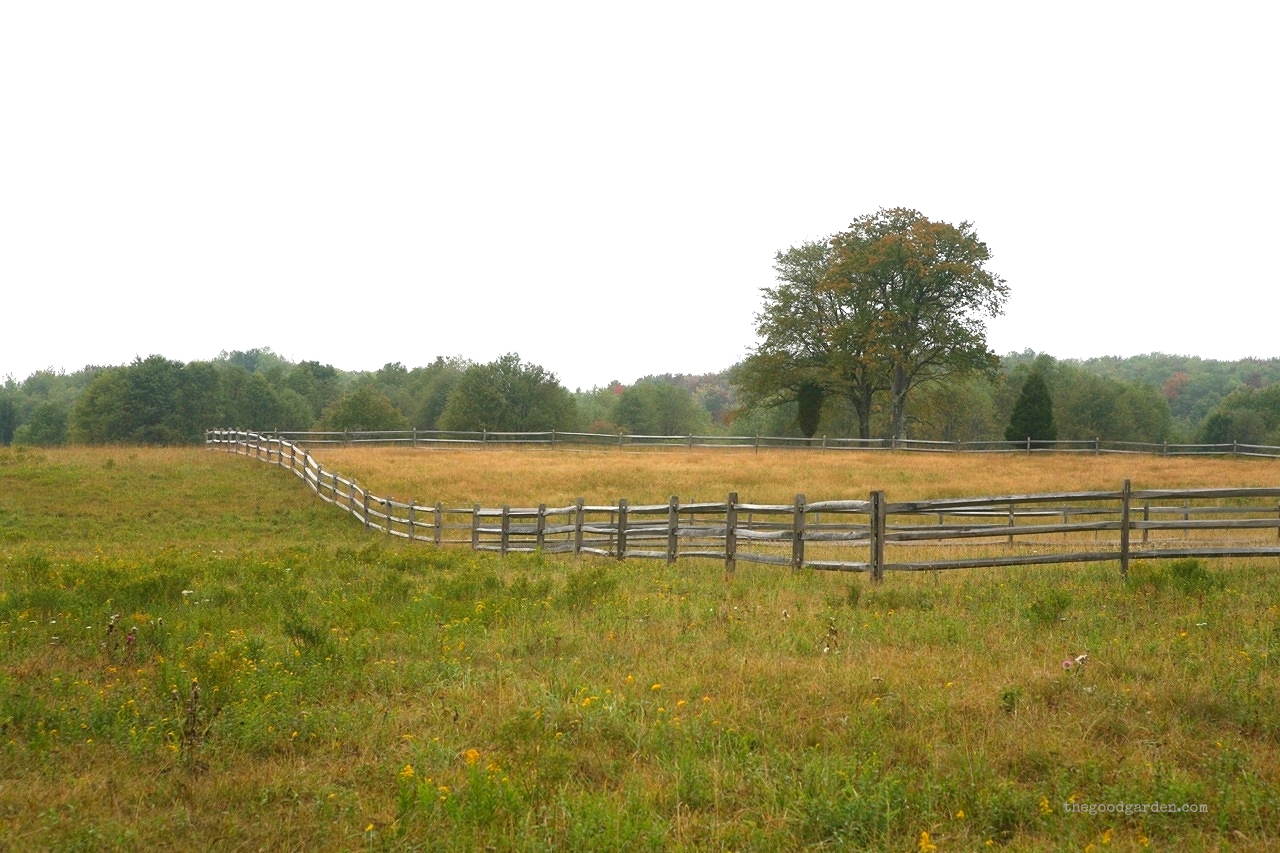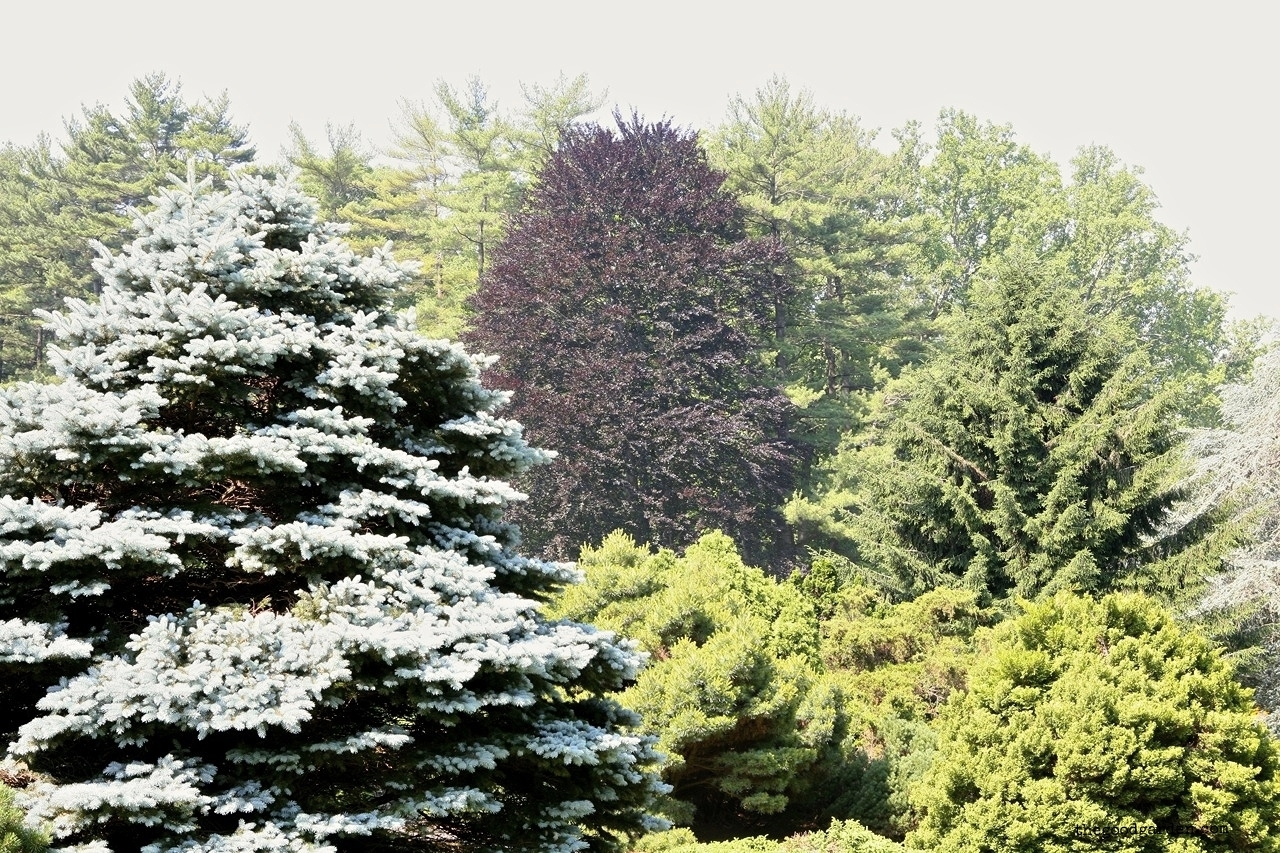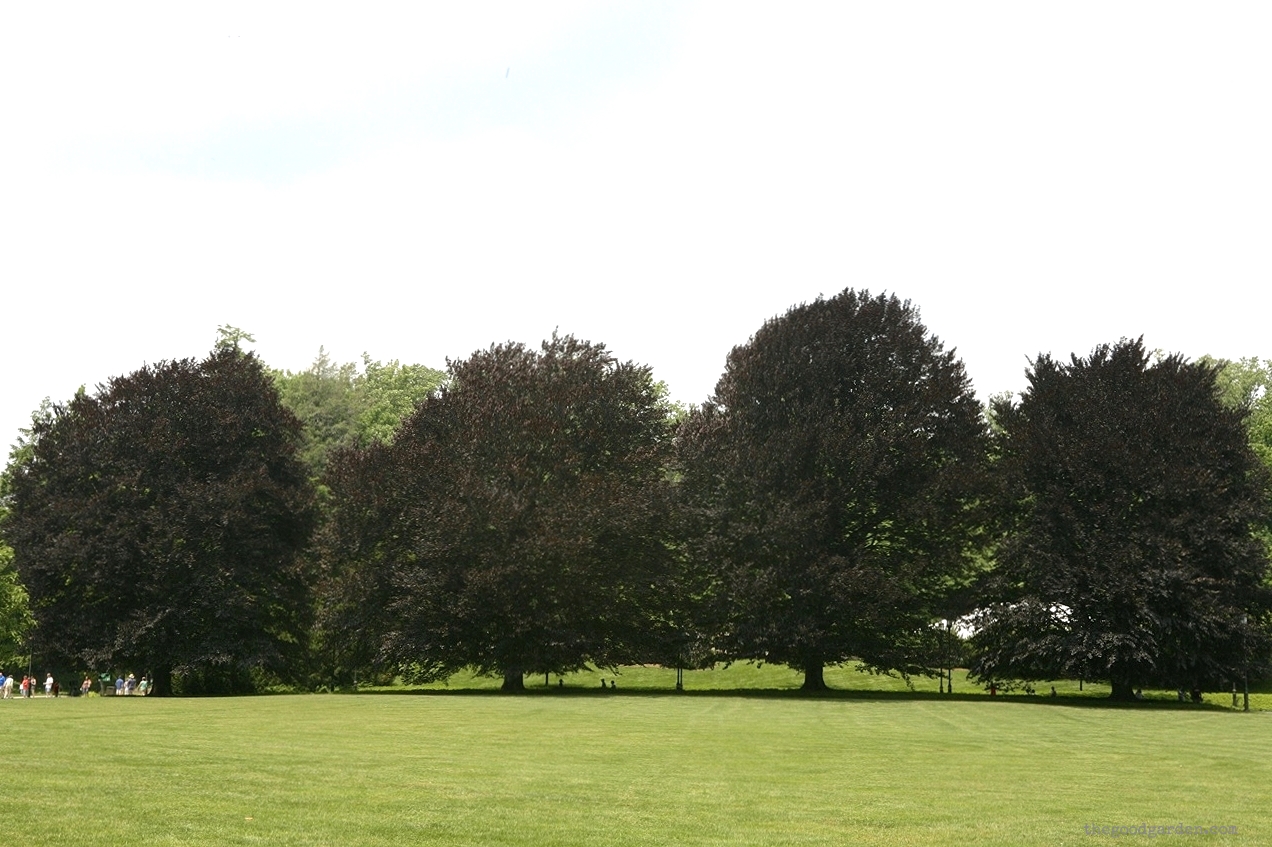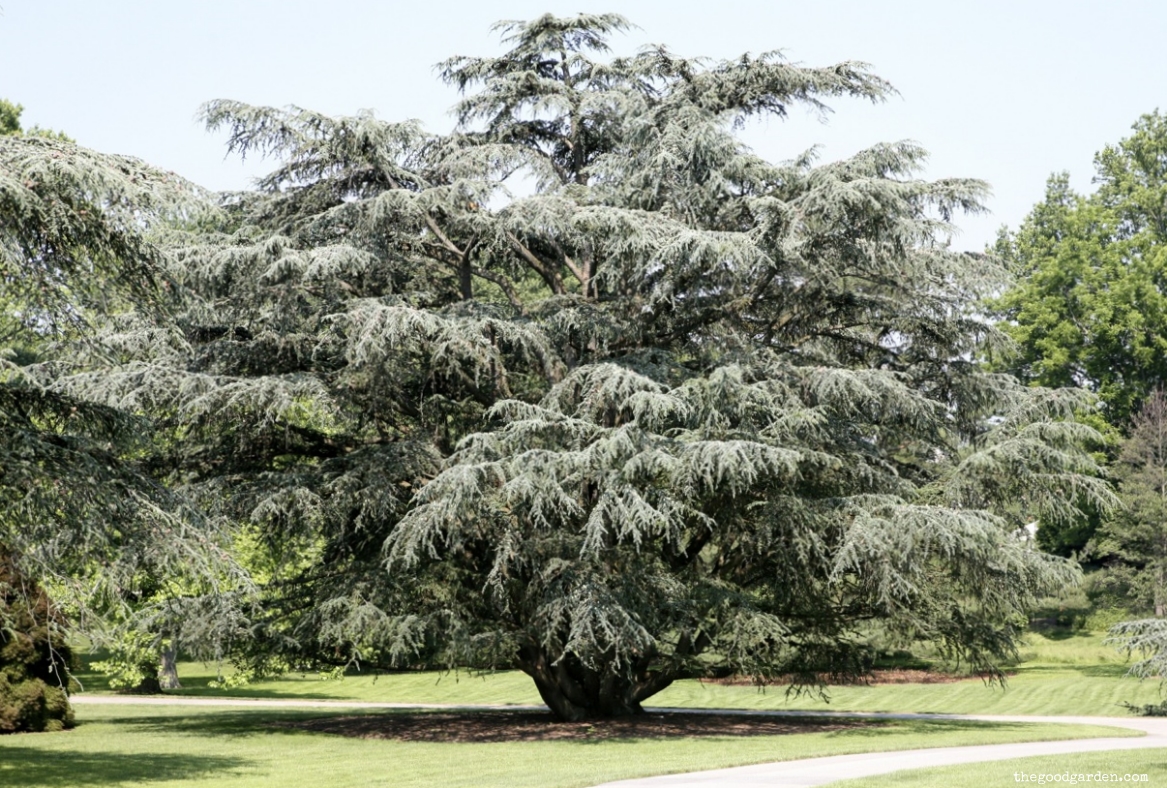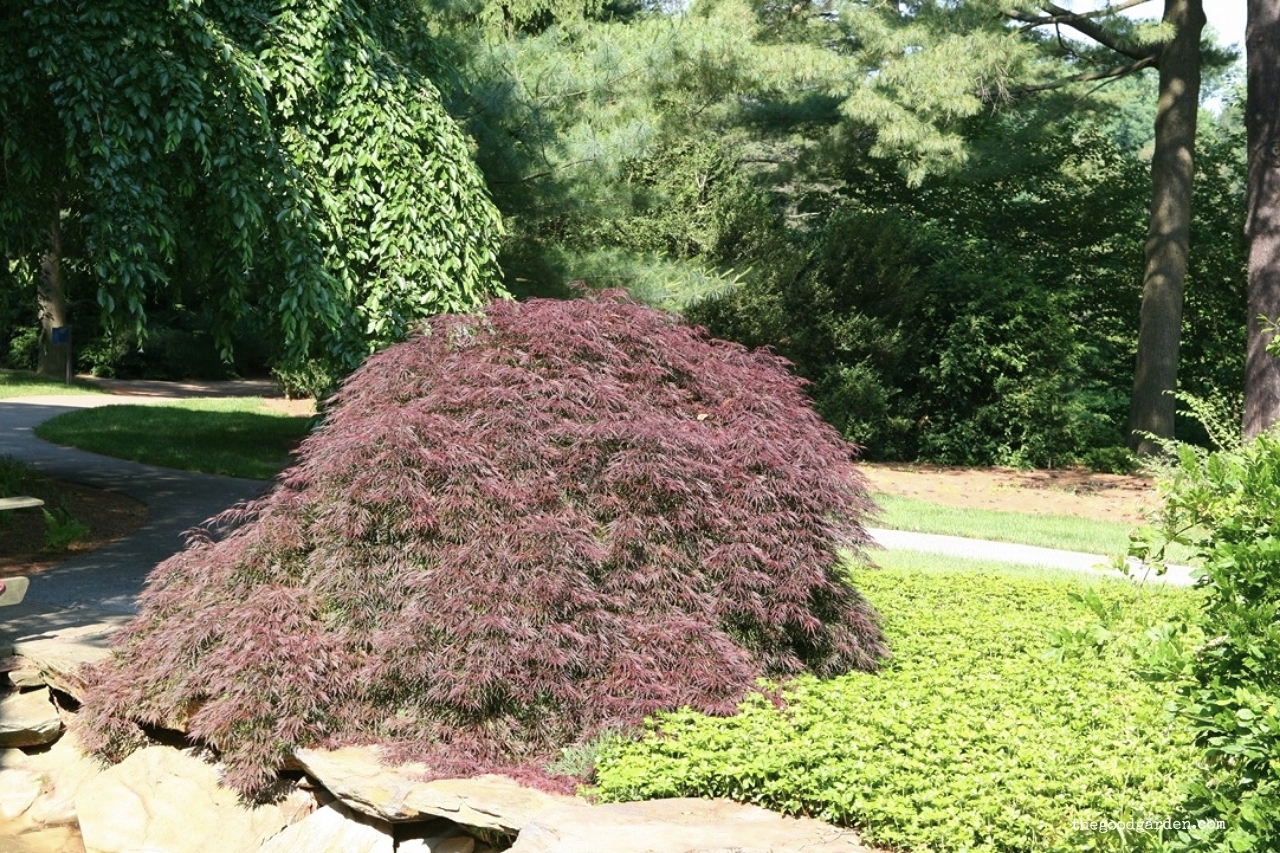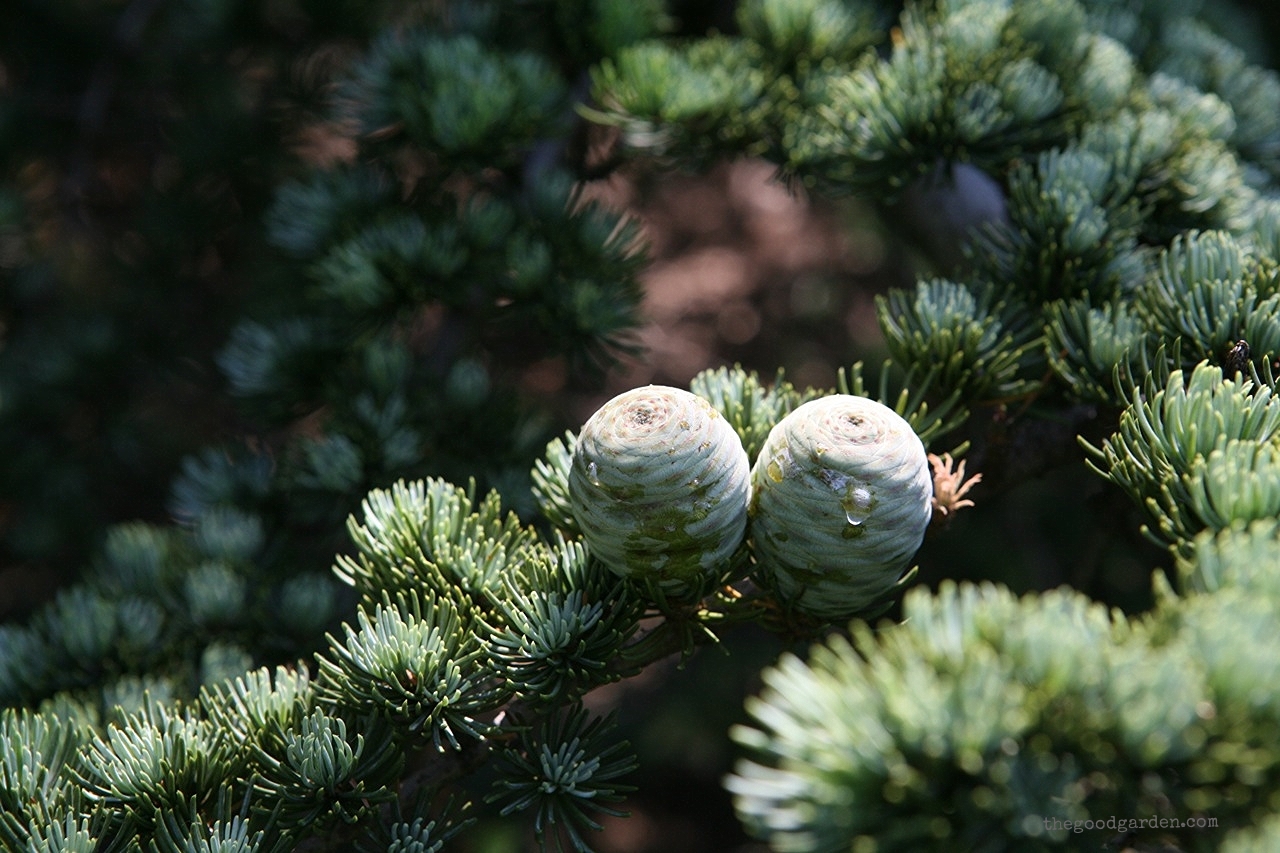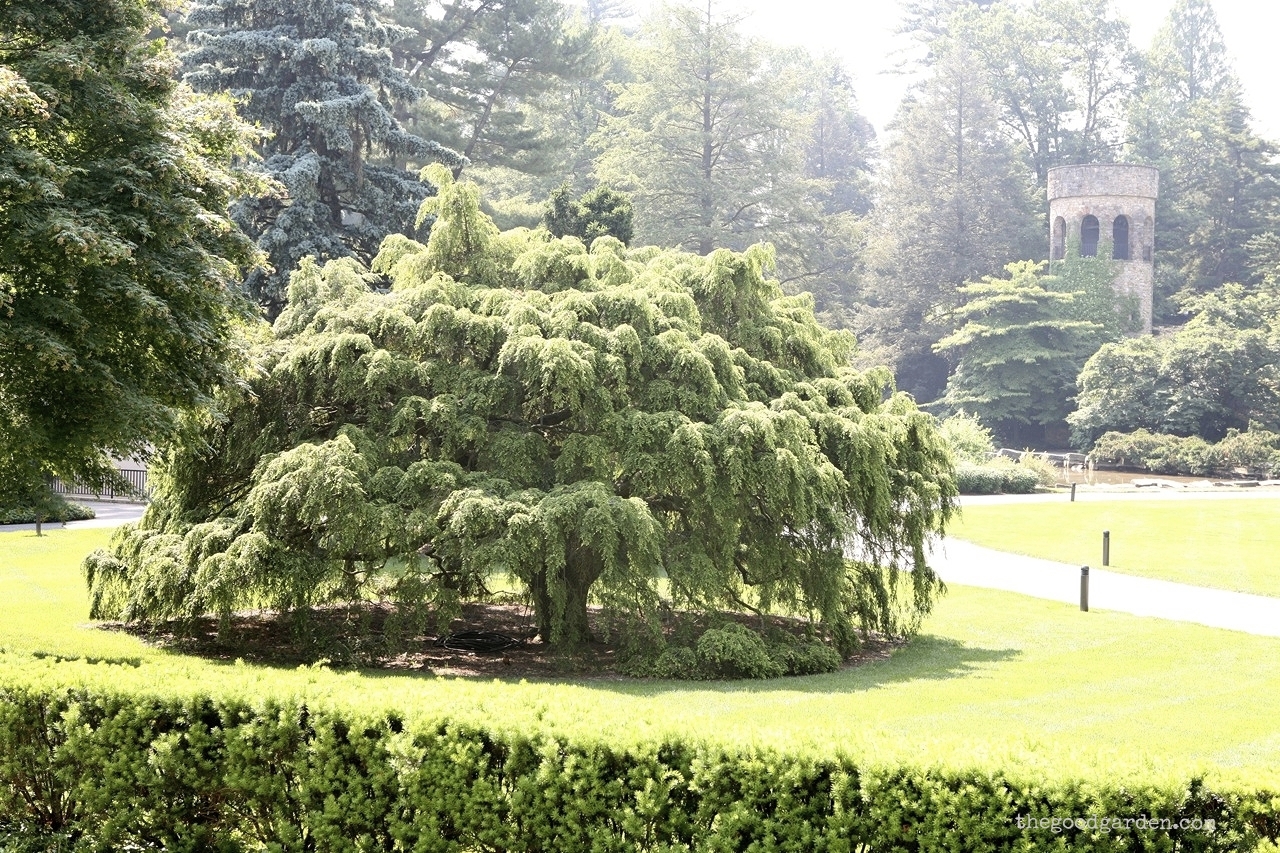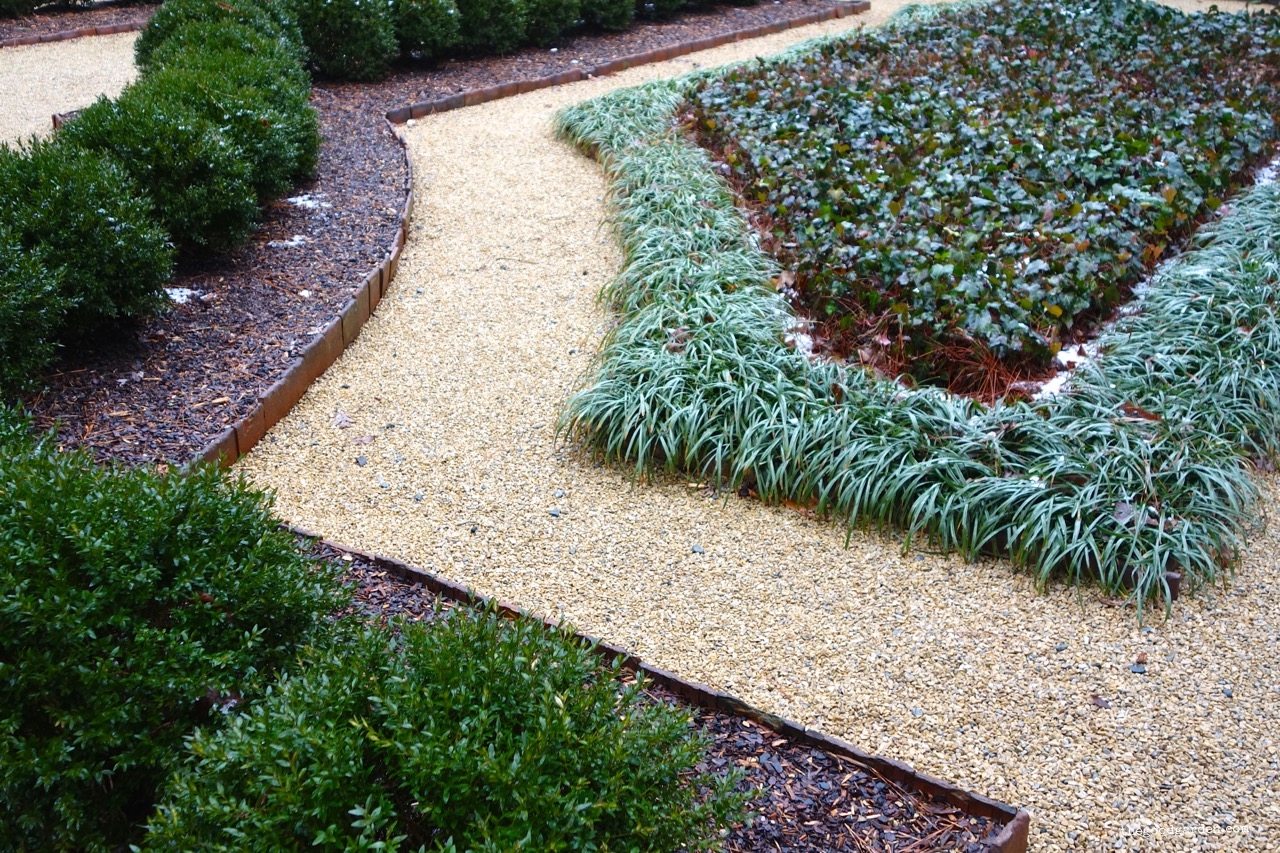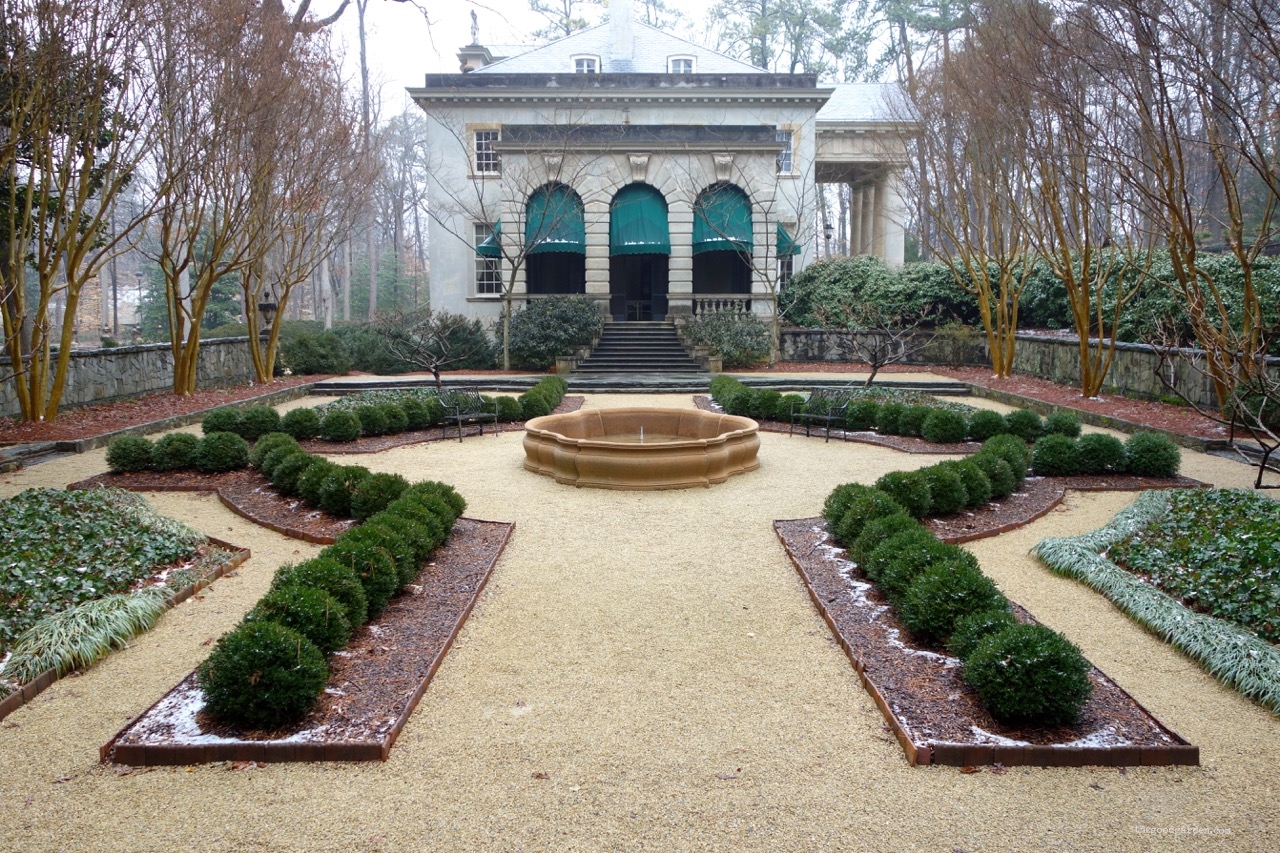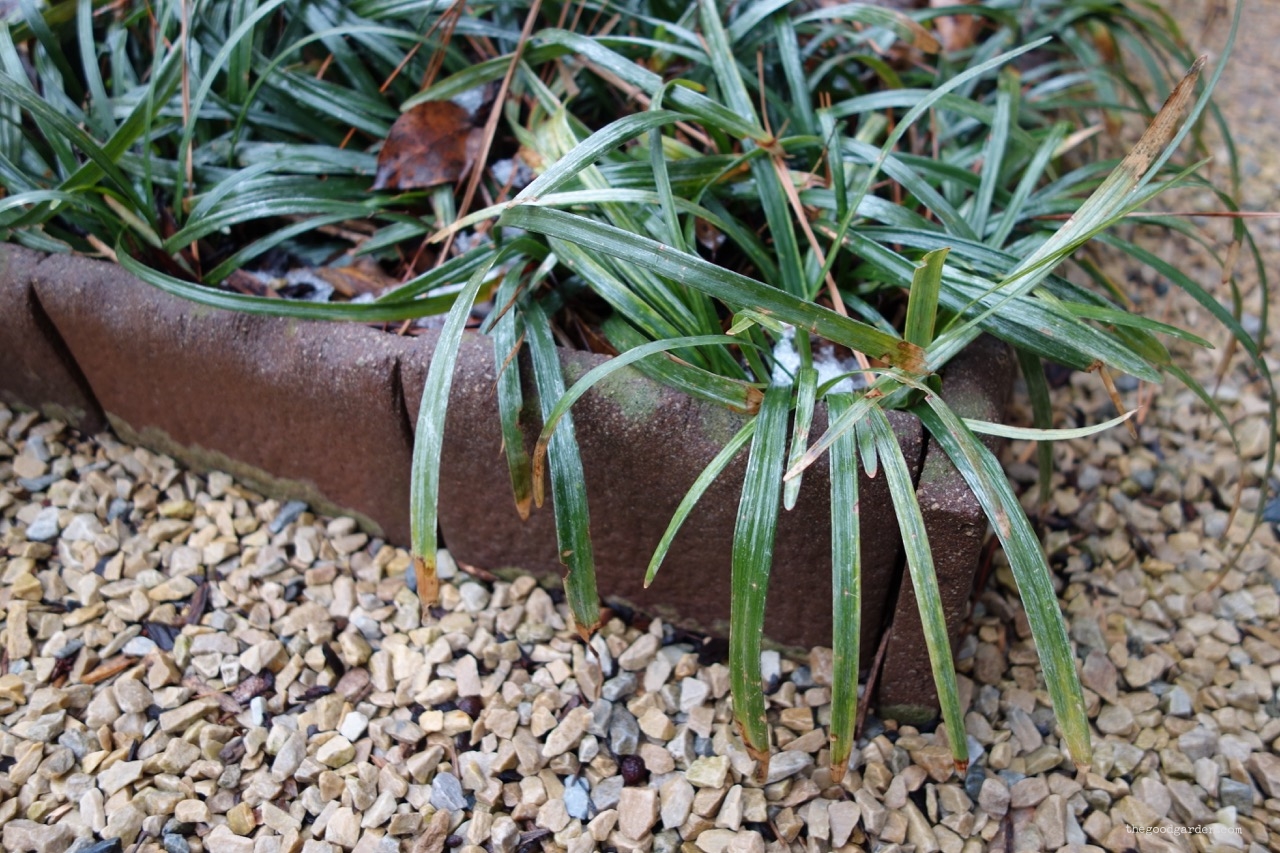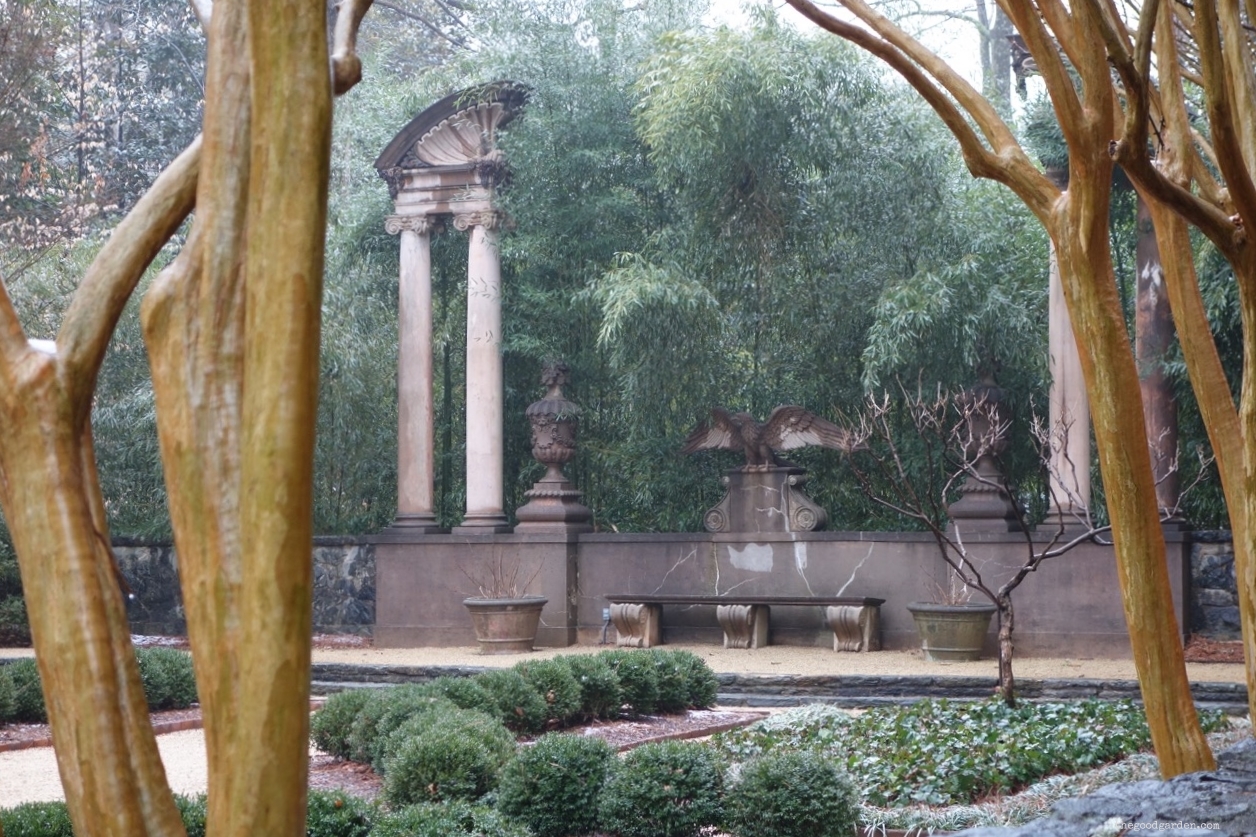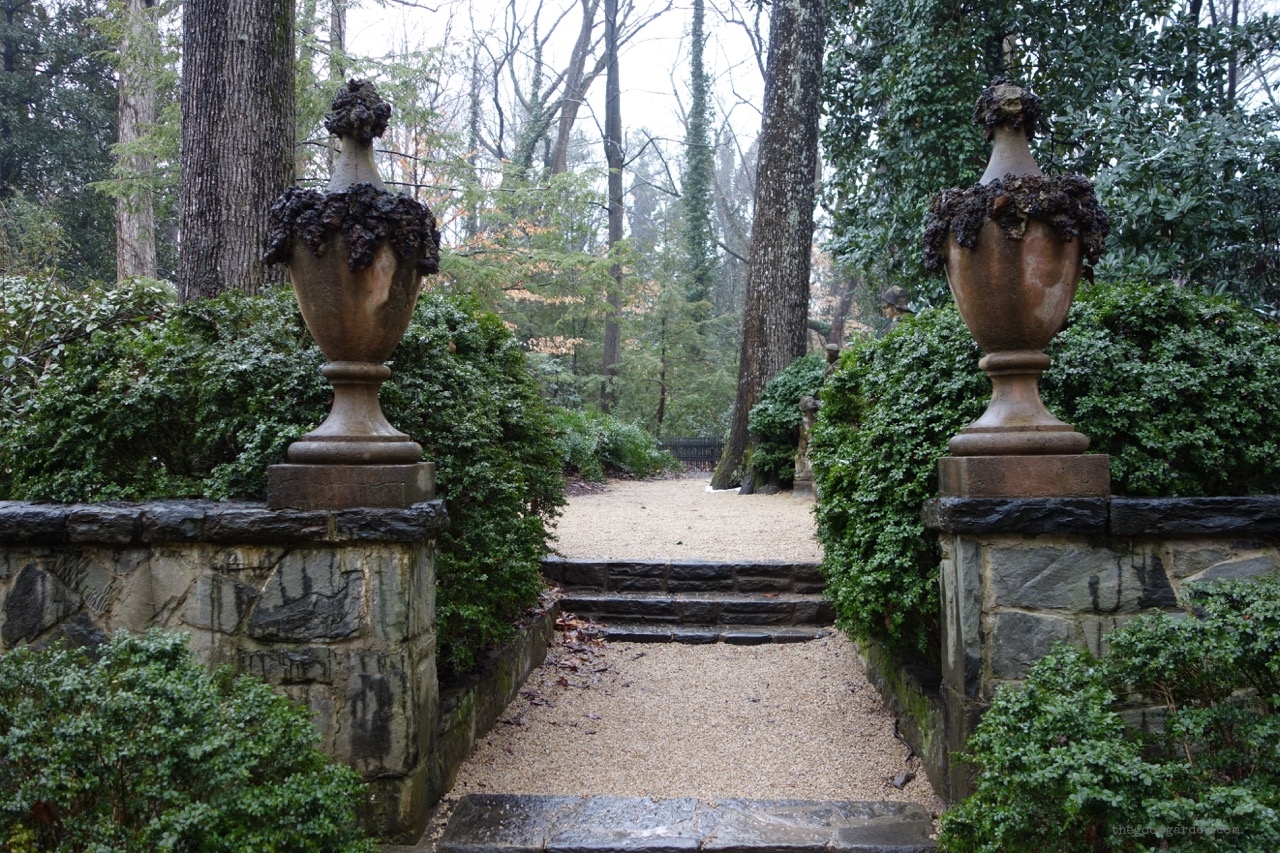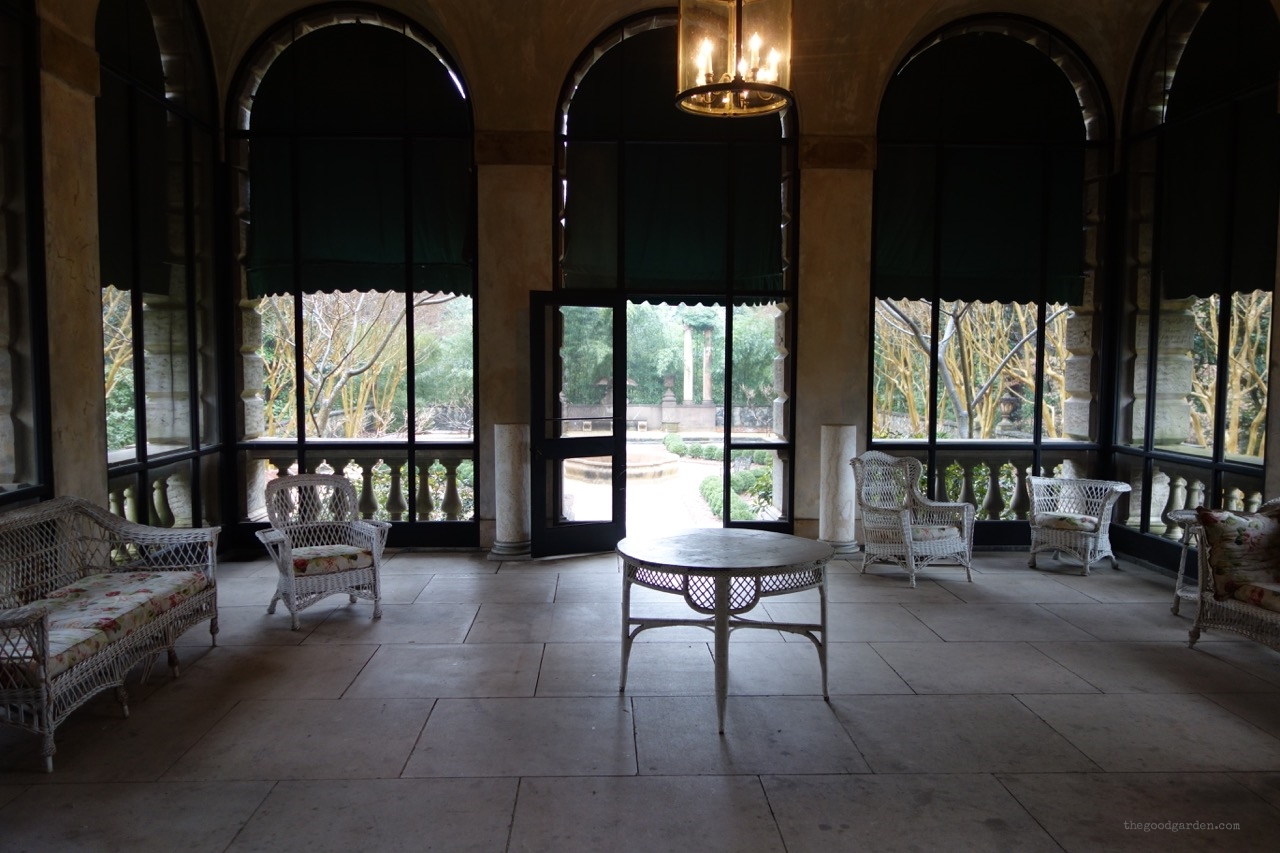Visiting natural spaces such as the Canaan Valley National Wildlife Refuge in Davis, West Virginia, gives me inspiration for the wild garden. I learn what combinations look good together, how to match a plant’s needs with the right garden spot, and what plants will best maintain a healthy eco-system.
Wild garden concepts make so much sense to us today. Native plants have the genetics to survive our crazy weather; they play an important role in attracting wildlife that fosters a strong ecosystem; and provide interest year round. As a result they require less watering, chemicals, and replacing than non-natives do, and have positive effects on the environment beyond the garden itself.
Wild gardening wasn’t always popular. For most of history, gardening meant the organization and control over nature. Native plants were generally considered weeds and in the 1800’s, the world went mad for exotics discovered by plant hunters all over the world. The fashion wasn’t to tuck these discretely into borders but to let them scream by laying them out as single specimens or in elaborate patterns. Not to forget our love of chemicals to control nature. As late as the 1970’s, we were spraying DDT on our properties to make sure nothing got too wild. Today, many of us use disease-resistant, fruitless trees. An advertisement for these trees claims, “just as appealing without the mess!” Who wants all that pollen, messy fruit, or the nuisance of birds spreading seeds helter-skelter around the garden.
Some garden designers and scientists have bucked the trend toward the tidy and advocated a more natural, wild garden style. In the early 1800’s we see Bernard McMahon encouraging gardeners to incorporate native plants into the garden in his American Gardener’s Calendar. This went against the fashion of importing European plants to America. William Robinson’s The Wild Garden in England of 1870 introduced planting schemes based on nature, though he promoted the use of both natives and hardy exotics. In the 1960’s Rachel Carson changed the world with her best-selling Silent Spring where she advocated for environmental sustainability.
My dad recently shared Douglas Tallamy’s story in The New York Times, “The Chickadee’s Guide to Gardening.” Tallamy adds to this discussion by writing about the importance of choosing productive plants to nurture life in our gardens.
He makes his points in a way that we can all understand. In his column he looks at the difference between a white oak and a Bradford pear in his own backyard. The white oak naturally attracts insects, which invite the birds that feed on them. In contrast, the Bradford pear, an ornamental tree from Asia bred to be insect and disease resistant, plays almost no role in supporting wildlife. No insects means no birds. Tallamy explains, “What we plant in our landscapes determines what can live in our landscapes. Controlling what grows in our yards is like playing God. By favoring productive species, we can create life, and by using nonnative plants, we can prevent it.”
Since reading his article, I have thought about the power of planting "productive" plants in a new way. I am glad I put in those serviceberries, whose fruit is so enticing that birds snatch up them all up before any can fall to the ground. But I am feeling a little guilty about that disease-resistant fruitless apple tree. Was it the right choice?
Food for thought as we work on our spring gardens.
Douglas Tallamy is a professor of entomology and wildlife ecology at the University of Delaware. He is also the author of “Bringing Nature Home: How You Can Sustain Wildlife With Native Plants.”
If you are into wild garden style, check out more wild garden stories here.

